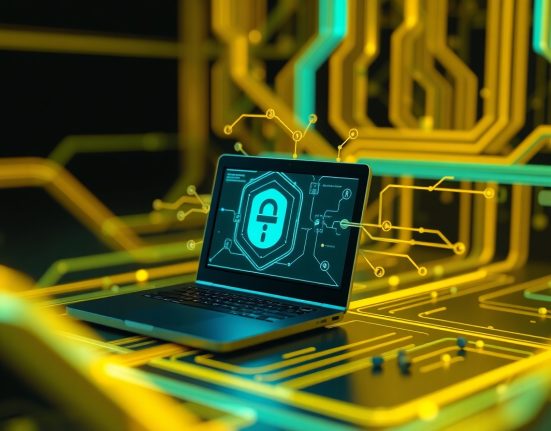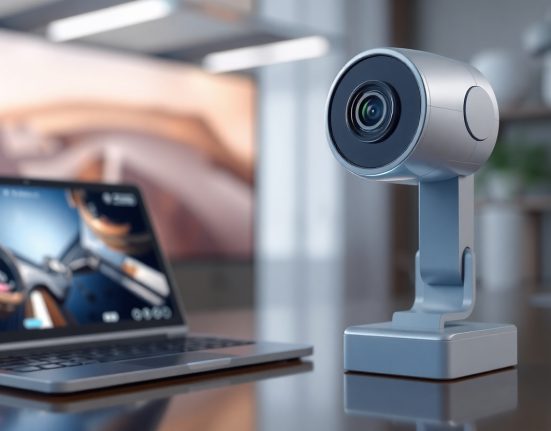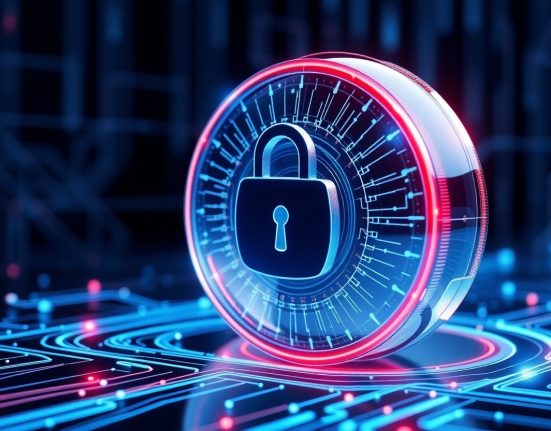For many years, VPN services were seen as the ultimate tool for staying anonymous online, bypassing restrictions, and protecting user privacy. For most people, switching on a VPN felt like flipping a digital invisibility cloak — simple, effective, and reliable. But in a world where technology is evolving rapidly and surveillance methods are getting smarter, one important question is beginning to surface: are VPN tunnels still keeping us safe, or are they slowly becoming a weak link?
One of the biggest developments in recent years is the use of advanced tools by governments, ISPs, and even streaming giants like Netflix to detect and block encrypted traffic. Techniques like Deep Packet Inspection (DPI) don’t care about what you’re sending — they analyze how you’re sending it. So even if your data is encrypted, the very fact that it’s traveling through a VPN can be spotted and flagged.
Another growing trend is IP-based blocking. Entire lists of known VPN server addresses are being compiled and systematically blocked by certain services and regions. The result? Users are left wondering why their VPN “suddenly stopped working,” without any obvious explanation. In some cases, there’s even intentional throttling — slowing down the VPN traffic so much that users give up using it altogether.
But that’s not all. More sophisticated methods are emerging, like AI-powered systems that detect VPN usage by analyzing behavior patterns — even if the IP address itself doesn’t raise any red flags. These systems study when you connect, how you browse, what protocols you use, and even subtle delays in your connection — and they’re surprisingly good at figuring out if you’re behind a VPN. In short, hiding behind a VPN is no longer as easy as it used to be.
So, is the VPN dead? Not quite. Some services are fighting back with tools like obfuscation — disguising VPN traffic to make it look like normal web activity. Others are rotating IP addresses, using multiple layers of encryption, or developing custom protocols to stay ahead of detection. But let’s be honest: the days of “turn it on and forget it” are long gone. If you want true online privacy today, you have to stay informed, know the risks, and use smarter tools.
Personally, I find this field fascinating. It’s like a never-ending chess match between those who crave freedom and privacy, and those who want control and oversight. There’s real tension here — not just lines of code. Whenever I learn about a new detection method or a breakthrough in privacy tools, I get that little rush of excitement again. This isn’t just about technology; it’s a battle for our digital future.














